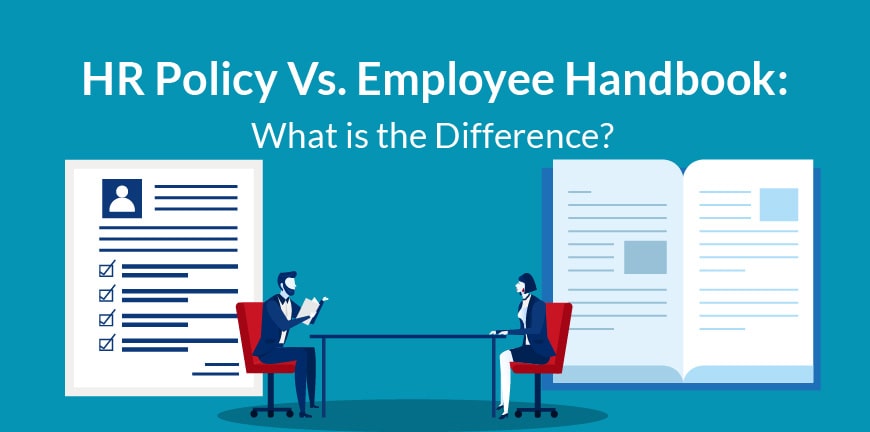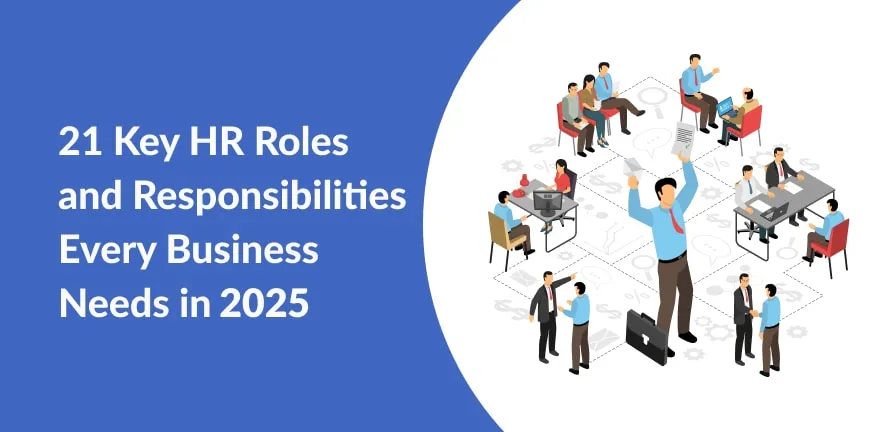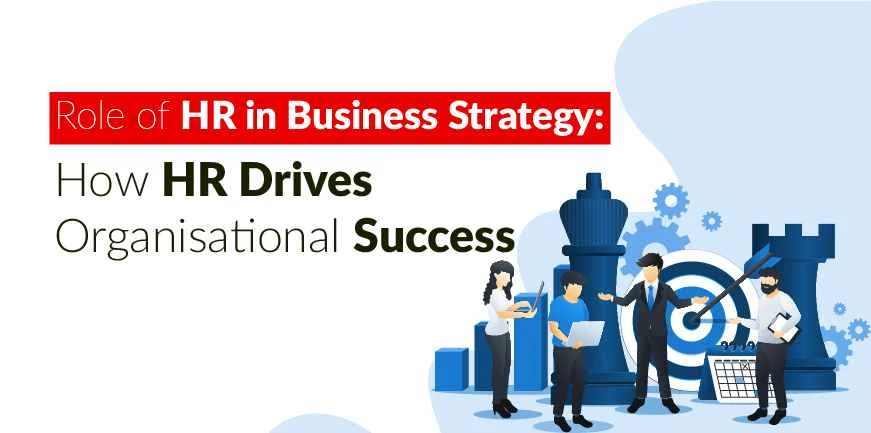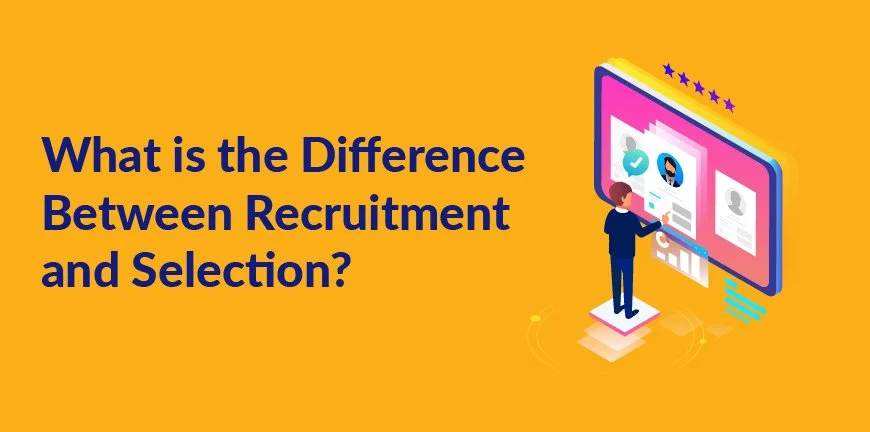
What Is the Difference Between HR Policy and Employee Handbook?
27/11/2023
Driving the Future: Key Automotive Industry Trends for 2024
29/11/2023AI is here, and we don’t need a chatterbot to convince us that it has come of age. It is proving itself by simplifying the work we do, so much so that people believe it will lead to 7-hour workdays and a day added to the weekend as well. Some are sceptical, believing that Generative AI is here to take their jobs, even those in HR.
Now for the big pause, is that so, really? Will people lose jobs, or have they lost their jobs already since ChatGPT got intelligent two years ago? While there may be some truth to it, and some of the jobs at the workplace might no longer exist or maybe absorbed by other roles, there is one undeniable truth.
And What is the Truth?
The future belongs to those who can use AI and especially Generative AI effectively at work, streamlining workflows, reducing turnaround times and increasing productivity. The people who do not use ChatGPT would have to work hard to catch up. And this is true for most roles in any industry that do not require a lot of analytical thinking or creativity.
5 Ways in Which ChatGPT can Help HR
We are a point in time, when the human-computer interaction is unlocking conveniences, we previously could not have imagined. And there are several ways that ChatGPT, perhaps the most popular Generative AI in existence, can help HR. Here are five ways in which ChatGPT can be of great assistance to HR.
1. Automated Screening and Recruitment
Recruiters must screen many candidates. While some would imagine this number to be in a few tens, sometimes it could be in the few hundreds or even thousands as well. This is where automated screening and recruitment becomes an effective and welcome solution.
By using an interface based on ChatGPT, which chats with hundreds of candidates concurrently, asking relevant questions about their skills and technical knowledge, trying to gauge their general attitude towards work, HR can bring down the time required to shortlist candidates down from possibly weeks to a day at most.
By using such an interface, it also brings down the bias in recruitment, ensuring that only those who are qualified and satisfy certain criteria get past the screening rounds before the in-person interview where they will speak to the hiring manager or their supervisor.
2. Employee Onboarding and Training
Once a candidate is selected, the next phase of HR’s work has only begun and perhaps the harder one, that of onboarding the selected candidates, now employees. In the onboarding process, ChatGPT can ease the process of onboarding by clarifying employee queries as and when they arise. Employees can ask multiple queries on several topics, whether it’s information about company policies, procedures or any other uncategorized question.
The thing about Generative AI is how closely it follows human beings, being able to understand their queries at a very fundamental level, using very simple language to clarify them. This makes the onboarding process very smooth and easy for any employee.
Want to go above and beyond and design user-friendly training modules for your new employees? A great prompt in ChatGPT is all you need. You can build a training module all in a matter of a few minutes, albeit one that is all text. You would need to add images and redesign it by yourself after that.
3. Employee Satisfaction Surveys
Your employees are your greatest asset. Research shows that it is much more profitable for your business to retain employees than to hire new ones, but the problem is that there might be dissent among the employees in your company. How do you understand their sentiments from time to time?
For this, you would need to use an employee satisfaction survey. An employee satisfaction will help provide valuable insights into employee satisfaction and morale. Once these responses are analysed by the HR, they can make recommendations on how to improve the employee satisfaction levels at work.
But this cannot happen through a single survey. You would need to use multiple surveys, one after the other, to ensure that all questions are covered, and you have a very clear idea of how your employees feel and what they think about you as an employer. It will also help understand what you can do to change things for the better and how they think that can be accomplished.
And all this is possible with just a prompt in ChatGPT asking it to generate questions for a survey and when that survey is answered, to go back to ChatGPT and ask it to prepare more questions considering the answers received in the previous survey. This will help to pinpoint any concerns that the employees may have and solve them.
4. Performance Feedback and Mentoring
The performance feedback for employees can happen in a much more constructive way, through a continuous chat-based interface, driven by ChatGPT. Through chat, it is possible to ask relevant questions to employees and based on the feedback and answers collected from them and their peers and superiors, it is possible to understand how a project is progressing.
This is especially useful when employees are working remotely. Since it is possible to maintain a record of conversations, HR can go back and view the entire conversation to analyse the employee’s performance, provide appropriate feedback from the manager and assist with further training to improve productivity.
Having a tough time wondering if you must author these training modules yourself? You can use ChatGPT to author the training module flow or outline itself and give yourself a better idea of the time and resources that will be required. You would, however, need to get the content approved by a mentor to ensure you are on the right track and to gain the trust of the employees and the managers in your company.
5. Conflict Resolution and Employee Assistance
Conflicts at the workplace can lead to employee discontent, loss of motivation, unnecessary waste of time, lack of faith in the HR, and other issues. How can ChatGPT help? ChatGPT can not only work as a self-service portal, if integrated into the system, but it can also resolve conflicts by providing the right advice.
Sometimes the cause of a conflict is the lack of knowledge or an improper or incomplete understanding of the situation. ChatGPT can help provide such understanding and help de-escalate the situation. It does so by explaining company policies, explaining what support groups exist for each employee within the company, and so forth.
ChatGPT is not a replacement for a human counsellor, but it can handle the initial phases of counselling well, where information is gathered, and not so very crucial information is provided. As next steps, the employee must consult a human counsellor, so that they can get their problems sorted out.
Closing Words
In summary, ChatGPT can automate repeated tasks, provide inputs in the initial stages of an HR process and make employees more motivated at work. ChatGPT is the best AI has gotten in a very long time, since the inception of a simple chatbot (or chatterbot) called Eliza decades ago at MIT.
Today ChatGPT does not call itself a chatbot, but an almost-sentient AI engine, and its contributions to every field of work will be impactful and measurable in the years to come. It’s the dawn of highly accurate Generative AI and it is up to the great minds in the HR team in companies to use it to give people in those companies the advantage they have always wanted.
Contact Us For Business Enquiry

Rajkumar Shanmugam
Rajkumar Shanmugam is the Head of HR at ALP Consulting, bringing over 19 years of comprehensive HR leadership experience across India and international markets. His expertise spans talent acquisition, employee relations, performance management, compliance, and HR transformation. Rajkumar has a proven track record of driving people-centric initiatives, enhancing workplace culture, and aligning HR strategy with business goals. With extensive experience in US staffing operations and global mobility, he continues to lead organizational excellence through innovation and employee engagement.




